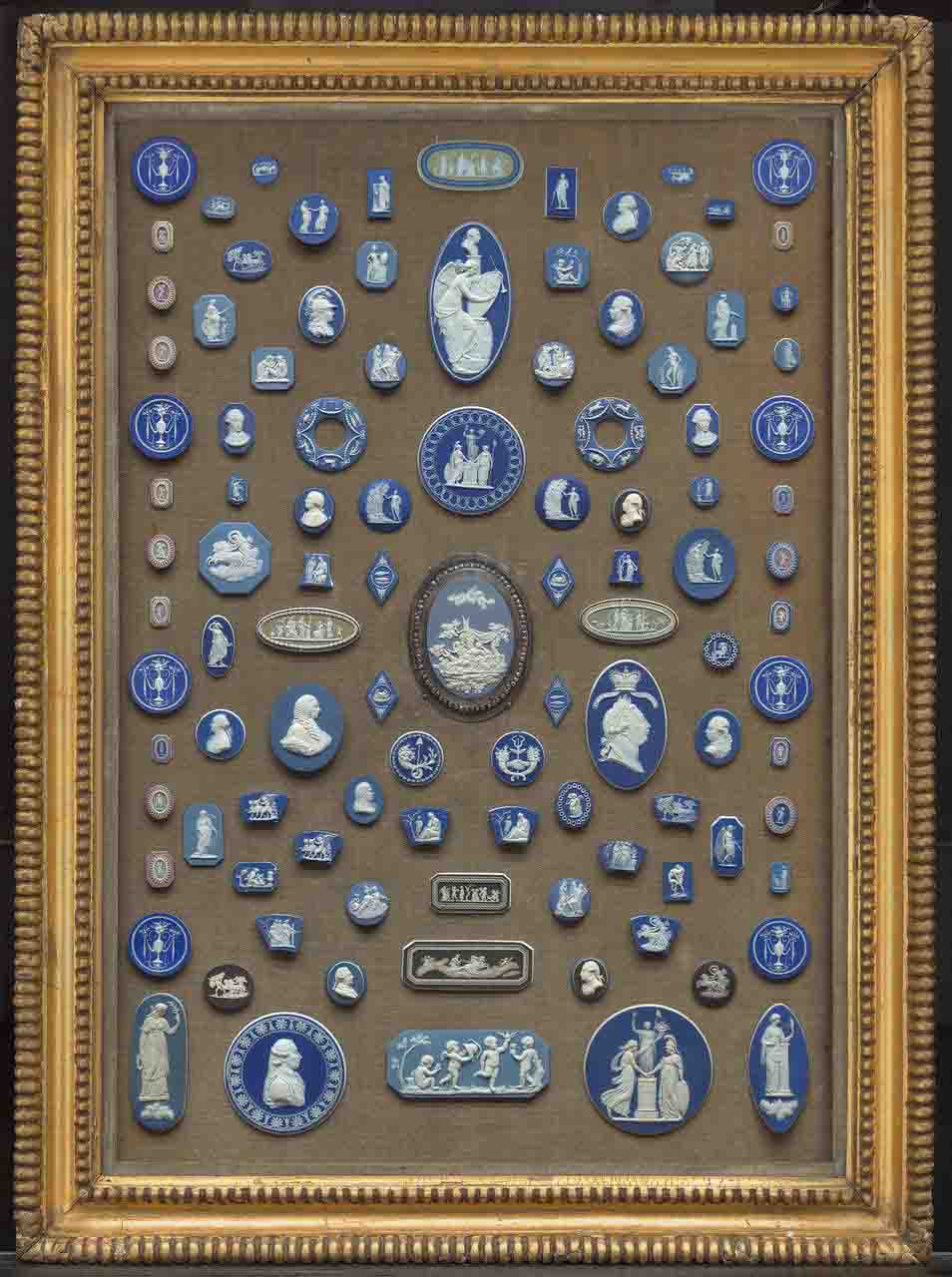
Courtesy of YCBA
A student-curated exhibition at the Yale Center for British Art titled “Art in Focus: Blue” explores the narrative of Britain as a colonialist and imperialist power through the color blue in British art.
The exhibition, on view from April 5 to Aug. 11, 2019 is part of an annual initiative in which members of the Student Guide Program at the YCBA work together to curate a show. This year’s project was organized by student guides Merritt Barnwell ’21, Sunnie Liu ’21, Sohum Pal ’20, Jordan Schmolka ’20 and Muriel Wang ’20 under the guidance of Linda Friedlaender, senior curator of education at the YCBA and Jennifer Reynolds-Kaye, the YCBA’s curator of education and academic outreach.
“[The student guide program is] an exceptional program in terms of giving students many different directions,” said Friedlaender. “It contributes to a sense of confidence and communication skills as they learn to work together.”
Friedlaender added that there were some students who “just can’t get enough” of the experience of curation.
The exhibition follows the narrative of the British Empire through both visual and material objects from 1730 to the present day, grouped in five thematic sections: “The British Military Overseas,” “Orientalist Visions of the East in Decorative Arts,” “Blue in the Everyday,” “Edward Lear’s Place in the Orientalist Imaginary” and “Postcolonial Blue.”
The exhibit traces the maritime trade pursuits of the British empire along with its imperialist expansion. In telling this story, the exhibit features the color blue in illustrations of landscapes and cultures from what was then referred to as the Orient. The exhibit includes depictions of British everyday life through fabric samples, a ceramic palette and a sketchbook and concludes with work by the postcolonial artist Anish Kapoor.
“We also wanted to include more than just paintings, which is most of the permanent exhibits — that’s why we had a lot of works on paper, which are pieces not spoken about so much,” Liu said.
The student-curated exhibition of the Student Guide Program is an annual event that began 12 years ago. Friedlaender, who proposed the idea to the YCBA director, said she thought the opportunity would serve as a “wonderful exercise” in facilitating learning about the process of putting exhibitions together. Five to six students are annually selected for the project from a group of around 25 student guides at the YCBA.
The current student guides involved in this project began their work one year ago. Upon selecting “Blue” from several suggested prompts, they looked through works on paper, prints, drawings, watercolors, photographs, paintings and sculptures in order to frame a coherent narrative drawn from the museum’s collection.
“They were very interested in the role of British empire building and its colonial aspects, which led to research into how the color blue [fits] into the growth of the British empire,” Friedlaender noted.
According to Wang, the students focused on encapsulating both their personal interests and aspects of the YCBA’s unique collection.
“Empire, colonialism and imperialism are themes that we live with today, as a lot of us are post colonial peoples and have those colonial histories to reckon with,” said Wang.
Wang said that when dealing with institutions like museums, one can easily “fall into” highlighting the existing collection on view without examining its relevance and significance to current generations. As a result, Wang said that the group’s exhibit offers a “modern retelling of what this [collection] means to us in the 21st century.”
Liu added that the institution of the museum — particularly Western museums — often feature exclusively Western narratives.
“We really wanted to push back against that and view it through a lens that is more critical and more examining of these assumptions that we have and need to reconcile with, even if they’re not often talked about or make us uncomfortable,” Liu said.
This exhibition and the accompanying brochure are supported by the Marlene Burston Fund and the Dr. Carolyn M. Kaelin Memorial Fund.
Freya Savla | freya.savla@yale.edu







